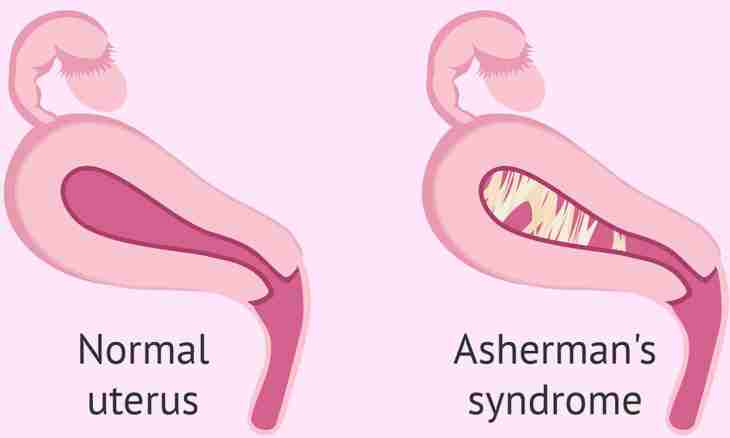Ontogenesis is a development of all living beings from the moment of origin to death. Ontogenesis is studied by development biology, and its earliest stages are a subject of studying separate science – embryology.
The term "ontogenesis" is formed of the Ancient Greek words ontos (being) and genesis (origin). This term call independent development of an organism from the moment of fertilization of an ovum (at sexual reproduction), or from the moment of separation of a new organism from mother (at asexual reproduction) until the end of life. The concept "ontogenesis" was introduced into circulation by the German scientist E. Gekkel in 1889. At multicellular animals in ontogenesis allocate phases embryonic (in egg, a berry or a seed of a plant) and a post-embryonal development. At viviparous animals the similar stages of development are called perinatal ontogenesis (until the birth) and post-natal (after the birth). In the course of ontogenesis there is an implementation of the genetic information obtained by an organism from parents. The embryonal development of an organism consists of three main stages: crushing, gastrulation and primary organogenesis. Crushing represents a number of consecutive divisions of the ovum impregnated or initiated to development. This stage comes to an end with formation of a so-called single-layer germ or blastula. In the course of a gastrulation there is a movement of cellular masses and layers of cages (germinal leaves) are formed. Primary organogenesis is a stage of formation of axial bodies. At different animals this process has separate features, for example, chordates at primary organogenesis have a formation of a chord, nervous tube and intestines. The further embryonal development is defined by processes of growth, a differentiation (development of specialized cages) and a morphogenesis (formation of a germ just like parents). Post-embryonic ontogenesis practically is always followed by active growth. The post-embryonal development is also divided into direct and indirect. At the direct development characteristic of birds, reptiles and mammals, the been born organism is identical to the adult in structure. The indirect development inherent in insects and Amphibia assumes an essential difference in the building and a way of life between an adult individual and a young organism (larva) of one look.

